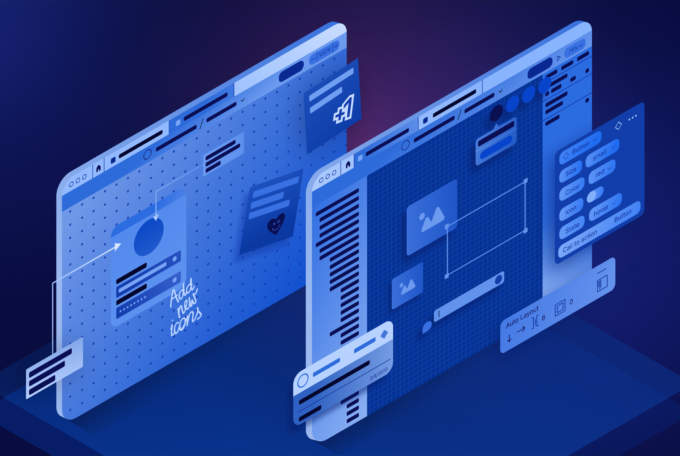Software development is rarely an art for the sake of art. Digital products tend to have a specific purpose, are developed and monetized to be profitable. As a rule, they are directed to a specific group of recipients, but the greater the accessibility of our website, application or system, the greater the chance that we will be successful on the market.
One of the fundamental elements of User Experience (UX) design is improving the accessibility of a digital product. You can have the best product in the world in terms of key functionalities and purpose, but if you do not take care of its accessibility, you may not only lose many potential customers, but also damage your image.
What is accessibility
Accessibility, that is software availability, is a series of activities aimed at enabling every user to use a digital product, in particular people with disabilities, the elderly and those affected by many other limitations.
High software availability helps not only people with disabilities. Non-disabled users may be limited by the quality of their electronic equipment, poor Internet connection, or a fading mobile screen when the battery is low. These are incomparably less significant problems, however, they significantly affect the user experience and are closely related to the accessibility of your digital product.
Why is it worth improving the availability of digital products
Research shows that people with some degree of disability account for 10-15% of the world’s population (about 650 million people!). According to the report prepared within the project “Polish Disabled People”, 33% of Internet users in Poland are disabled. Only an unwise entrepreneur gives up on such a number of potential customers. This gives a picture of the potential of developing the accessibility of your application or system.
Increasing accessibility serves not only the disabled. It is also about enabling the use of digital products by older people, inexperienced users of technology, people with partial illiteracy and those who do not speak the native language of the developers of applications or websites.
The availability of digital products is primarily a matter of ethical principles that should be followed by all market players. Thanks to accessibility, you can increase the group of potential customers, stand out from the competition and build a positive image of the company that every user cares about.
Good accessibility practices
Products that serve specific purposes and meet precisely defined business requirements always have the greatest monetization potential, but are created with a wide audience in mind.
Good practices of accessibility and UX design consist of introducing solutions and functionalities to the software that will enable smooth and pleasant use of it by people with special needs.
In many parts of the world, there are specific laws that regulate software development while respecting the interests of people with disabilities. In order to standardize the principles that should be followed by software developers, guidelines were created for the availability of websites, applications and IT solutions, the so-called Web Content Accessibility Guidelines (WCAG) developed by the W3C (World Wide Web Consortium). WCAG standards became in 2012 the ISO/IEC 40500:2012. They include good practices that are followed by many companies around the world.
The 4 main principles of WCAG are:
- Visibility – the visuals of the software should be clear and easily visible to all. Good practices include the use of appropriate contrast, short and simple “alt” texts, and video and audio subtitles.
- Interactivity – good accessibility practices include creating interface elements that the user can use intuitively. The software should contain solutions that allow it to be operated only with the keyboard. All buttons and links should be described in a simple way. You should also not force the user’s reaction to time pressure.
- Comprehensibility – the content of a website, application or system should be transparent and understandable to everyone. Content must not be misleading, all elements should be precisely described in a language that any end user can understand. A useful solution can be a screen reader, i.e. a technology that reads the content of applications or websites aloud for the blind.
- Reliability – the process of creating applications and UX designing in line with accessibility should be consistent and open to the introduction of new solutions and technologies that may appear in the future. Good practices for the availability of digital products enable users to seamlessly use the application on various devices and browsers, with a variety of supporting technologies. The instructions for using the product are also helpful.
Stepwise uses many practical tools to analyze the availability of digital products. We support our clients in examining the needs of all potential users of digital products and create technological solutions thanks to which none of them should feel excluded. Contact us and find out more about how we can help.





